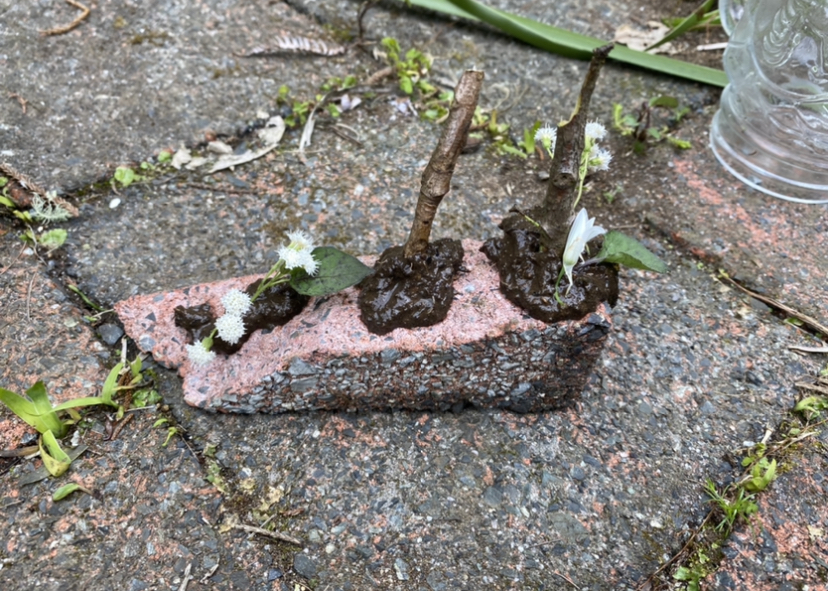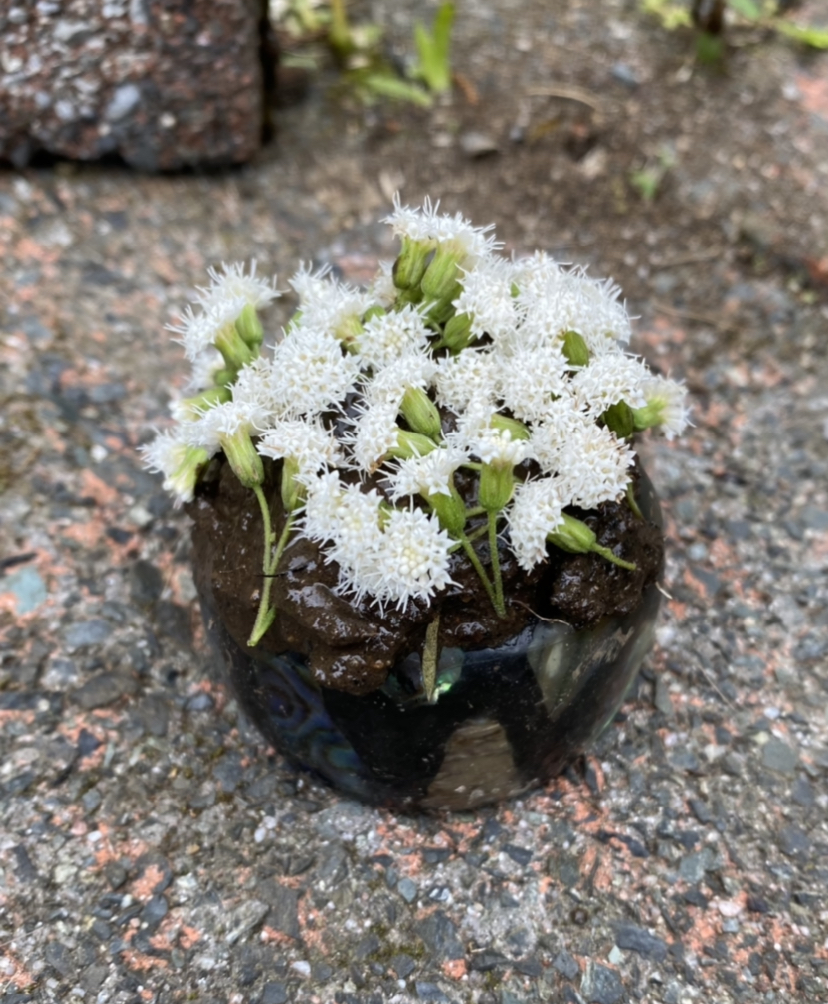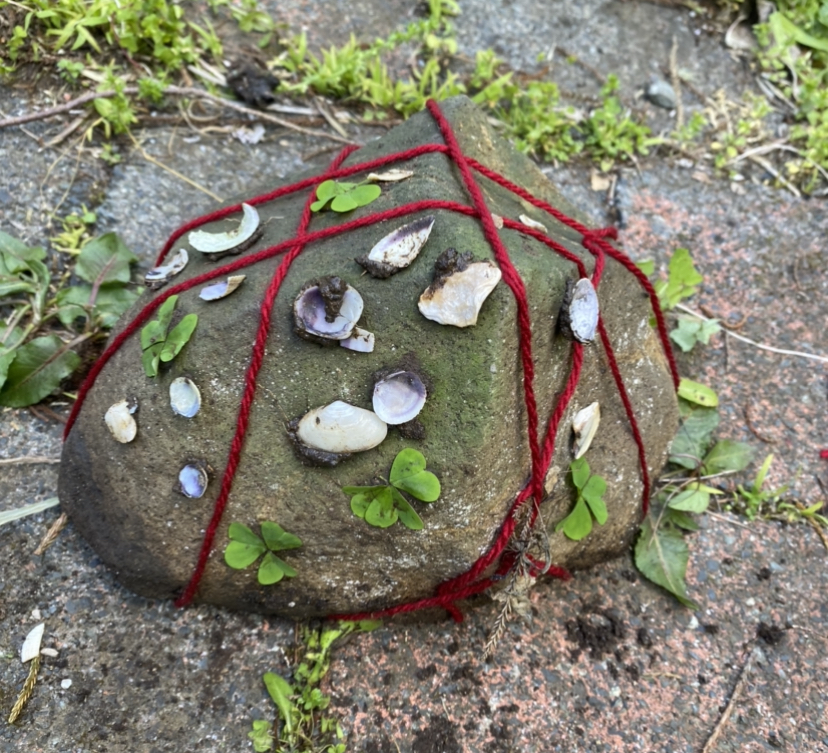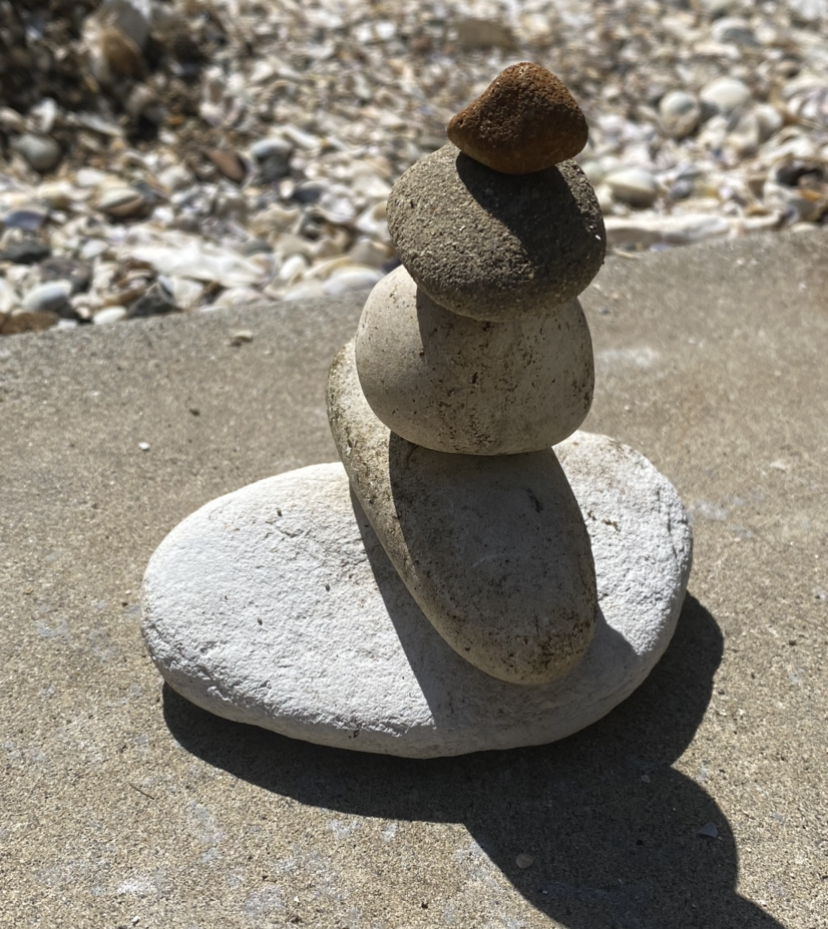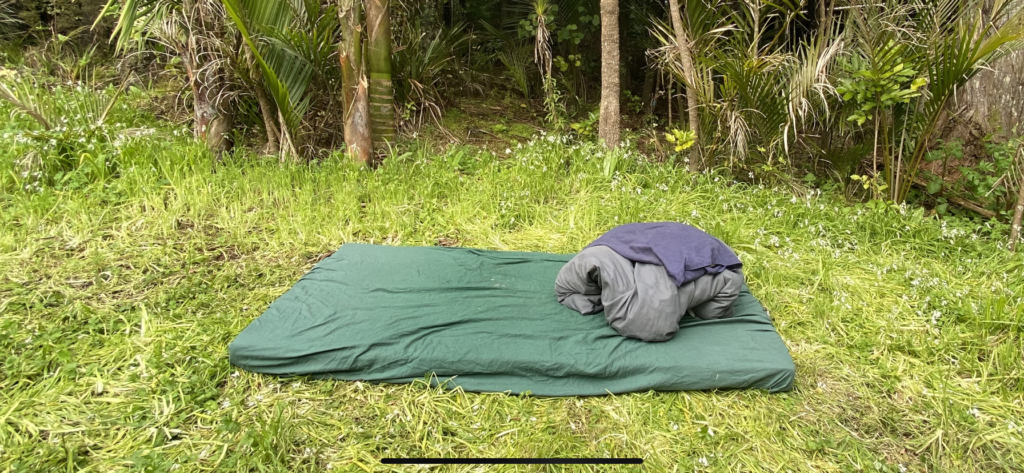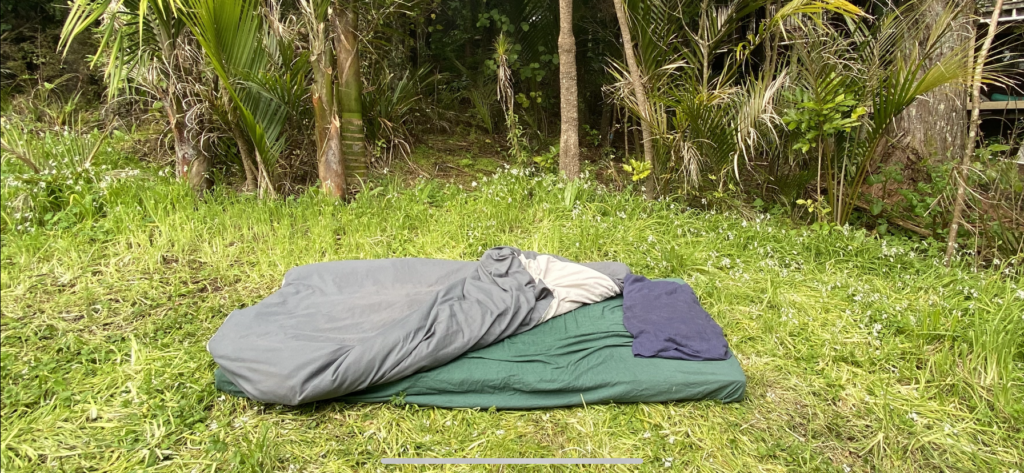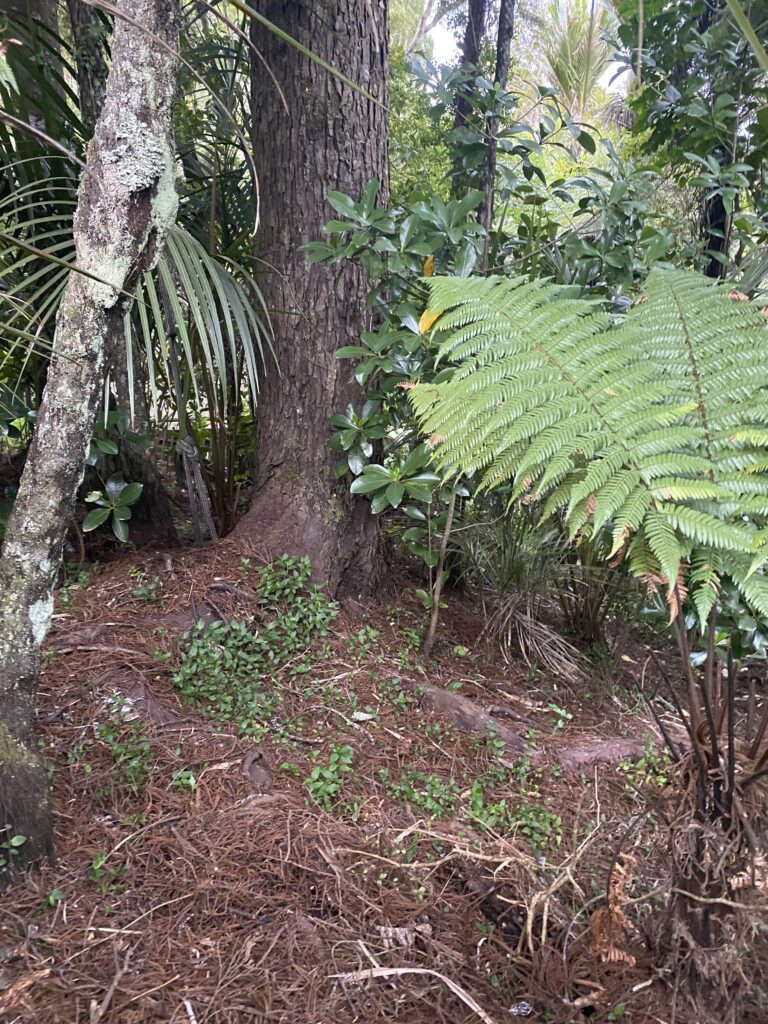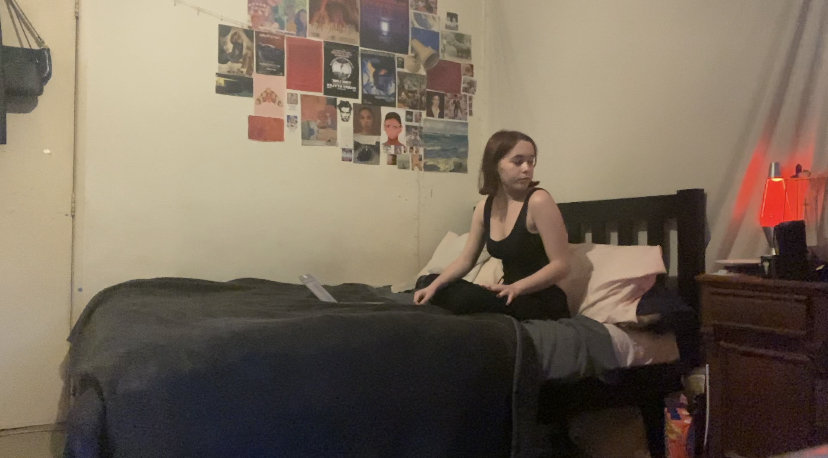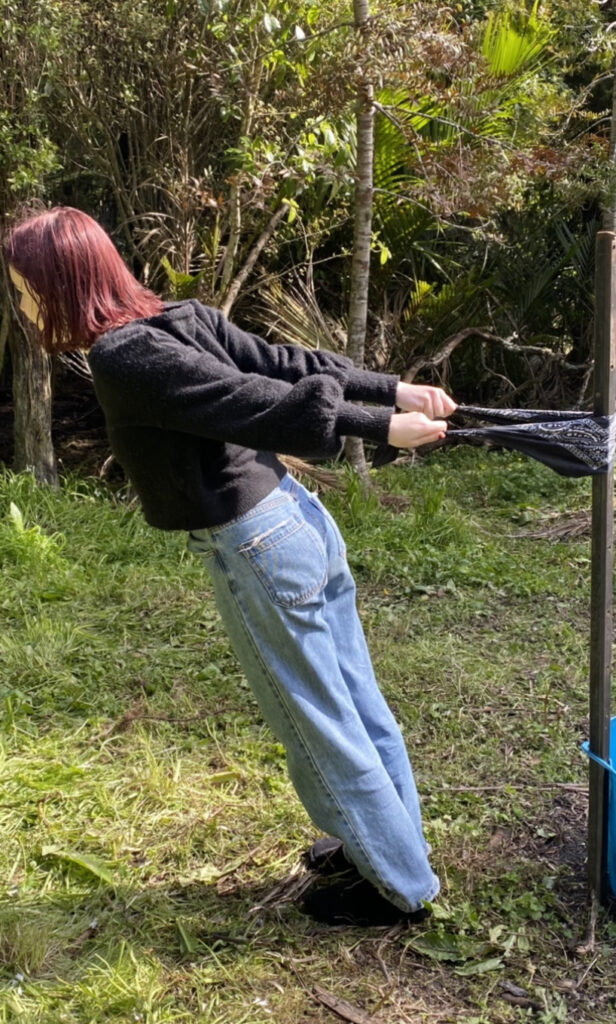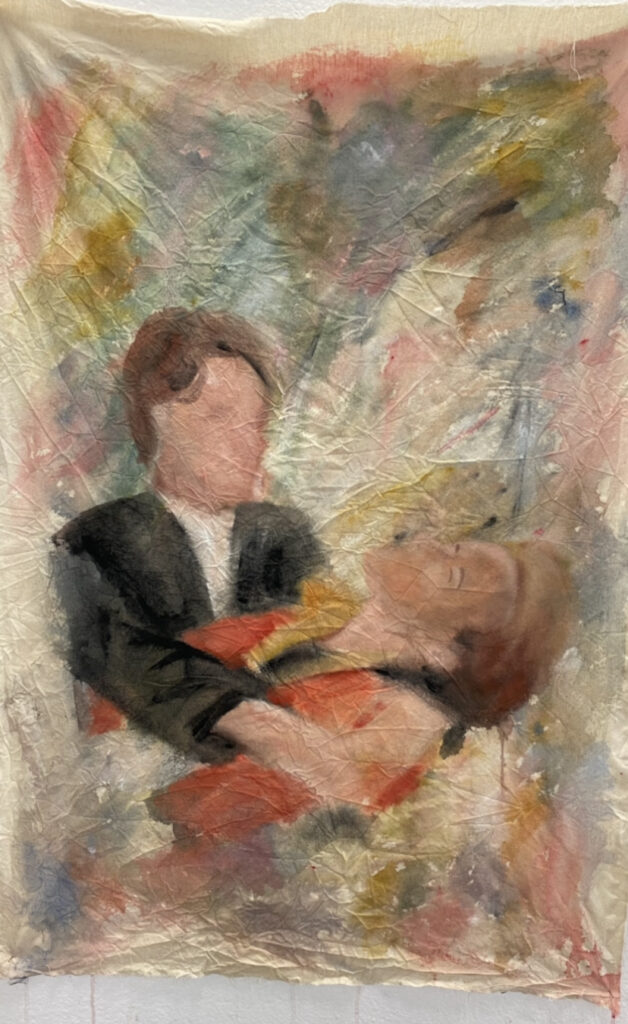If I’m being honest with myself, I’m finding myself to be quite unmotivated not really inspired to do this task. I walk around my house and outside for what seems likes hours trying to find objects or inspiration to use for these assemblages. I live in Titirangi so I’m surrounded my organic matter so I decided to live my inner child grab random objects, sticks, flowers, leaves rocks and just went into a no-mind state and just went along with it.
I used mud so glue and just started to stick things together with it. I need to not get so stuck in my head and just do it. I also played around with balance and covering the objects entirely with other matter such as mud and leaves.
I think now I want to move into large scale sculptures and working maybe with crochet, covering the whole surface of the rocks, braiding in flowers, leaves, sticks. I could also cover it with moss.

